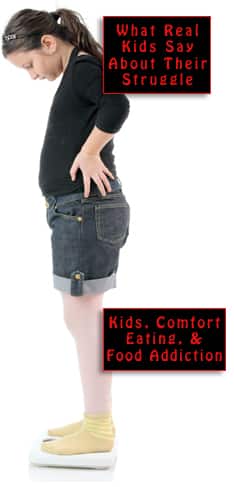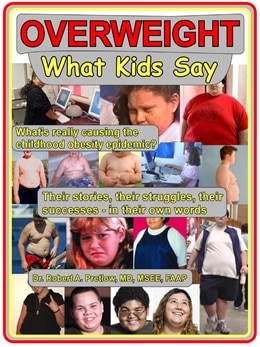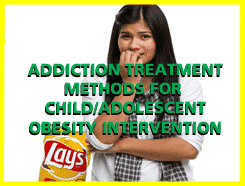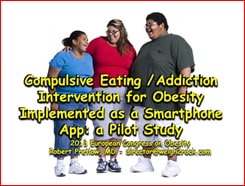Abjure the Winter Holiday Blues

The types of social disorder mentioned in the last post prove that the mouth is the most dangerous part of the body. Our own mouths get us in trouble, and those of other people say things that cause us serious pain. In other instances, they don’t even need to use their voices. That sweater Aunt Georgie gave you, the Christmas when you were 10… Was its tiny size a pointed reminder of your extra pounds, or simply an “Oops!” from a nice lady with too much on her mind?
It comes as no surprise that adults are just as flummoxed as younger people are, by holiday family gatherings. Plenty of adults take on the role of director, deciding how everyone else ought to act and react during every moment. There is always one aged relative known as the most censorious and judgmental, and probably another famed as the eternal scamp who will never grow up.
Despite their seeming differences, it may be that neither one of them wants to continue as a caricature. Somehow they keep finding themselves inhabiting roles that nobody really wants — and meanwhile, their thoughts are identical: “Next year, how do I avoid this clown show?” Maybe they mean, “Could I simply neglect to show up, and get away with it?” Or perhaps they mean, “What must I do to become the person who can show up for this occasion, and handle it, next time?”
Other people’s mouths
For a child, the miseries of going out to somebody else’s house, or of being part of the host family, are probably about equal. Either way, the relative who loves to torment you will be there, pinching your cheeks and making snide remarks about dessert and portion sizes. Kids, you need to know that at this time of year, adults might do anything, especially at a large family gathering.
Some adults want to retain control by keeping the kids in sight at all times, as elaborate traditional role affirmations are played out. Or the grownups will go the other way and strive to keep the little kids in one space and the older ones in another, and all separated from the adults.
In fact, this is a great time to hit the parents up for some fancy delivered food, premium screen media content, or permission to use the car. As long as they are left alone to do their partying, they don’t care what the kids do, and children of all ages take advantage of this fact by extracting bribes. The corollary to that is, if overeating is their problem, young people who are vulnerable at any stage will certainly overeat during the holidays.
Your responses and feedback are welcome!
Image by JESHOOTS.COM on Unsplash










 FAQs and Media Requests:
FAQs and Media Requests: 











